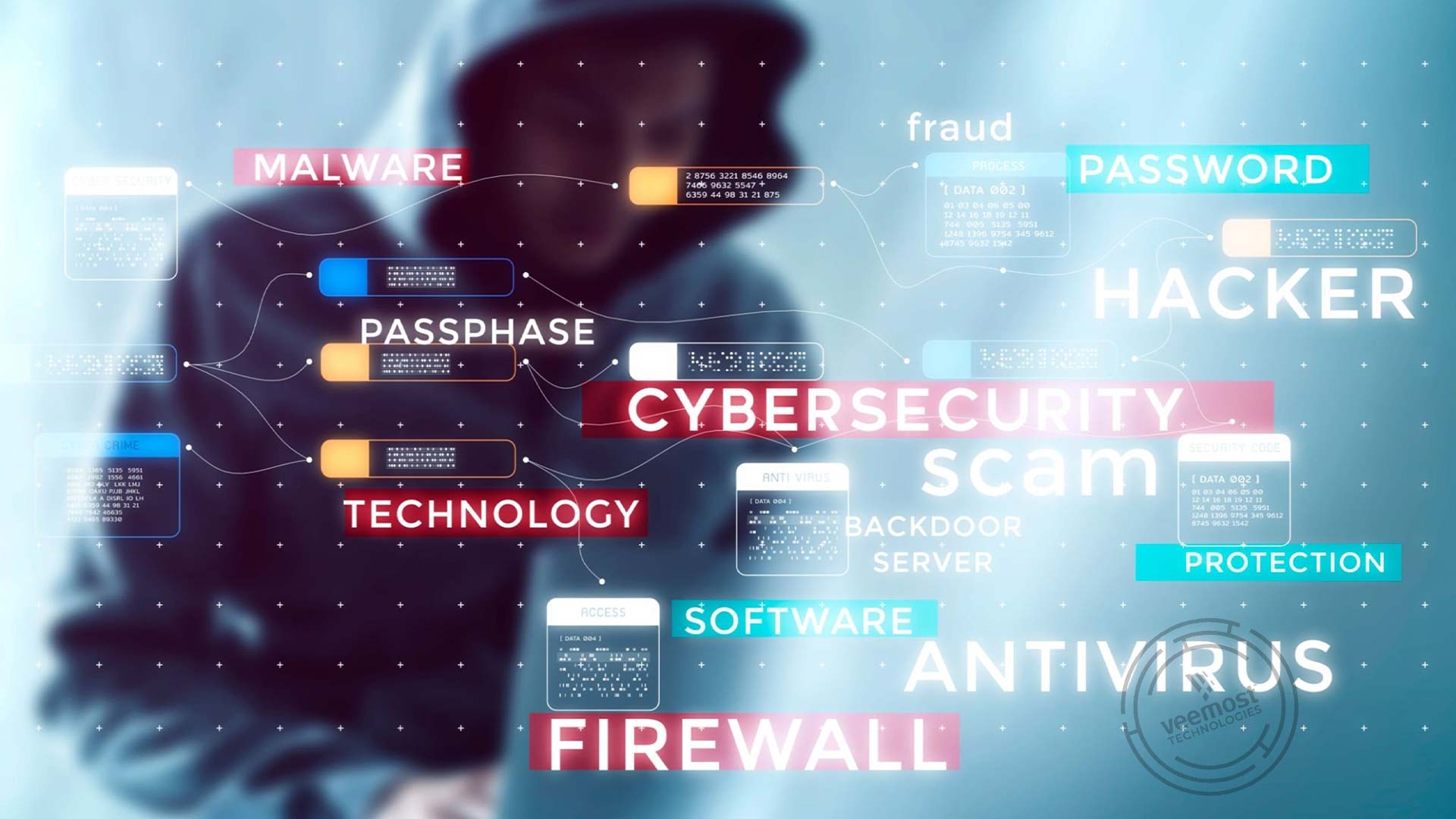Cyber Security: “5 Mobile Apps for Cyber Security and Protection” is an essential topic in today’s digital landscape. As our lives become increasingly mobile-oriented, ensuring the safety of our devices and personal information has never been more critical. These apps not only guard against cyber threats but also empower users to take control of their digital security. In this exploration, we will delve into some of the top mobile applications designed to enhance cyber protection, offering peace of mind in an ever-evolving technological world.
In the digital age, the landscape of communication has significantly transformed. The advent of technology has reshaped how we interact, both personally and professionally. With platforms like social media, instant messaging, and video conferencing, staying connected with others is easier than ever. This article delves into the various facets of modern communication, exploring its benefits, challenges, and the evolving nature of human interaction in a tech-driven world.To begin with, let’s discuss the myriad benefits that technology has brought to communication.
One of the most significant advantages is the speed at which we can connect with others. Gone are the days when a letter would take days or even weeks to reach its recipient. Now, with just a click of a button, we can send messages across the globe in seconds. This instantaneous communication fosters relationships and allows for real-time collaboration, which is especially crucial in a professional setting.
Teams scattered across different countries can now work together seamlessly, breaking down geographical barriers.Moreover, technology has democratized communication. Social media platforms have given a voice to the voiceless, allowing individuals from diverse backgrounds to share their stories and experiences. This has led to a greater awareness of various social issues, as people can now rally support and mobilize action faster than ever.
The viral nature of social media campaigns has shown that a single post can spark worldwide movements, ultimately leading to significant societal changes.However, the rise of digital communication is not without its challenges. One of the most pressing issues is the decline of face-to-face interactions. While virtual meetings and chats can be convenient, they often lack the personal touch that in-person conversations provide.
Body language, tone, and facial expressions play a crucial role in effective communication, and these nuances can be easily lost in a digital conversation. As a result, misunderstandings may arise more frequently, leading to conflicts that could have been avoided with direct communication.Furthermore, the prevalence of digital communication has also given rise to the phenomenon of “digital distraction.” With notifications constantly pinging our devices, it can be challenging to maintain focus during important conversations or meetings.
The habit of multitasking—checking emails or scrolling through social media while conversing—can dilute the quality of our interactions, making us appear disinterested or inattentive. This raises concerns about the depth of our relationships; are we truly connecting with others, or are we merely skimming the surface?Another challenge posed by technology is the issue of privacy and security. With a significant amount of our communication occurring over digital platforms, there is an ongoing risk of personal information being compromised.
Data breaches and hacking incidents have become alarmingly common, prompting individuals and organizations to rethink how they communicate online. This has led to an increased demand for secure communication tools that prioritize user privacy while still enabling efficient interaction.Despite these challenges, there is an undeniable charm to the advancement of communication technology. Innovations continue to emerge, reshaping our communication landscape.
For instance, the rise of artificial intelligence (AI) has introduced new methods of communication, such as chatbots and virtual assistants. These tools can streamline communication processes, answer queries, and provide support around the clock, enhancing user experience and efficiency.Moreover, the increasing use of video conferencing platforms like Zoom and Microsoft Teams has revolutionized how we interact in both personal and professional realms.
These platforms allow for face-to-face communication, bridging the gap created by distance. Virtual gatherings have become commonplace, whether for work meetings, family reunions, or casual catch-ups with friends. The ability to see and hear loved ones or colleagues in real time, regardless of location, has provided comfort and convenience in an ever-evolving world.As we look to the future, it is essential to strike a balance between digital and traditional communication methods.
While technology has undoubtedly made communication easier and more accessible, we must not forget the value of personal interaction. Engaging in face-to-face conversations can foster deeper connections, empathy, and understanding, qualities that are sometimes lost in the digital shuffle.In conclusion, the evolution of communication in the digital age presents a complex tapestry of benefits and challenges. Technology has transformed the way we connect, breaking down barriers and democratizing communication.
However, it is crucial to remain mindful of the potential pitfalls that accompany this shift. By valuing both digital and traditional communication methods, we can create a well-rounded approach that embraces the conveniences of modern technology while preserving the essence of human interaction. As we navigate this new era, let us strive for meaningful connections that enrich our lives and foster a sense of community, both online and offline.




